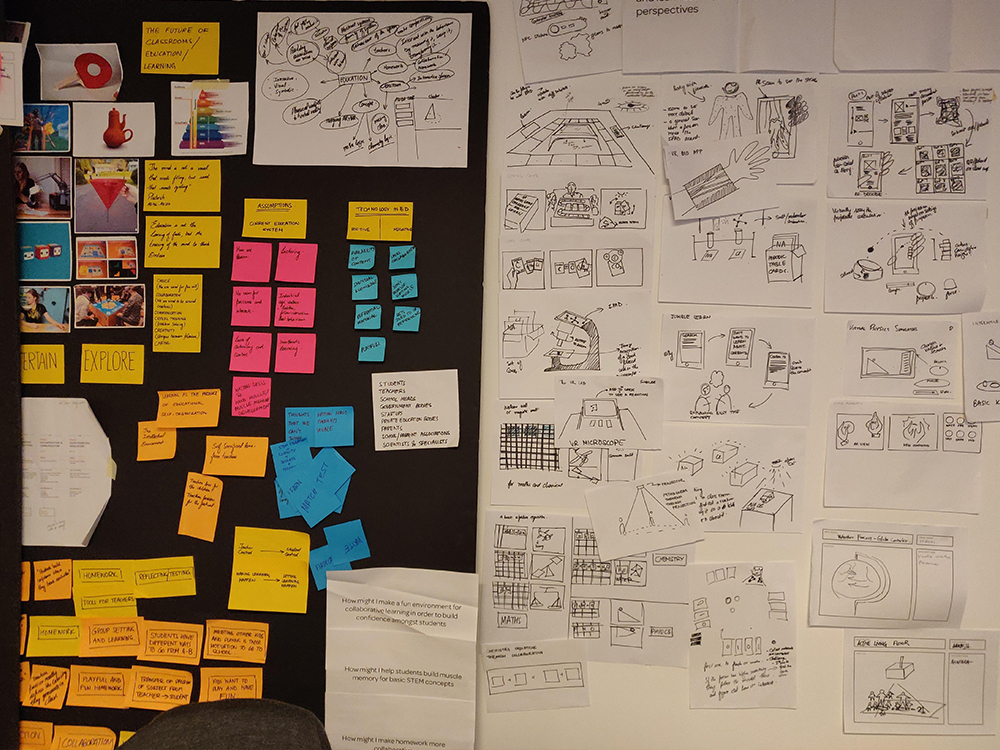For my 8 weeks of final project at CIID I chose the topic of middle school education focusing on STEM concepts. Middle school education can be very challenging for students. They get introduced to a lot of new mathematical and scientific concepts that are often abstract in nature and difficult to understand. What if these concepts could be made more fun and tangible? Would this help the students gain more confidence in learning these concepts, let them explore the subject matter more deeply and help them develop their own reasoning behind them?
The “Smart Lamp” aims to address the United Nations Sustainable Development Goal #4 “Quality education”. It empowers the schools in developing countries which lack quality physical laboratory facilities and scientific teaching equipment by being an all-inclusive teaching tool.



